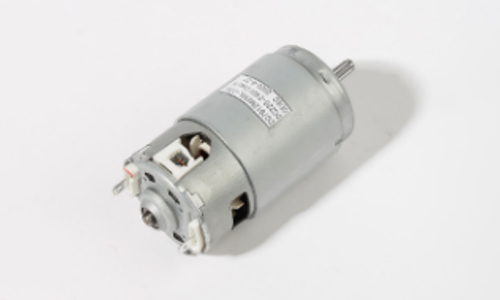In structure, brushless motor and brush motor have similarities, also have rotor and stator, but are opposite to brush motor in structure; The rotor of the the brush motor is a coil winding, connected with the the power output shaft, and the stator is a permanent magnet; The rotor of the brushless motor is permanent magnet steel, which is connected with the output shaft together with the shell. The stator is a winding coil. The reversing brush used by the brushless motor to alternately transform the electromagnetic field is removed, so it is called the brushless motor. Now there is a problem. Without the transformation of the electromagnetic field, how can the brushless motor rotate?
In short, by changing the alternating frequency and waveform of the current wave input to the stator coil of the brushless motor, a magnetic field is formed around the winding coil to rotate around the geometric axis of the motor. This magnetic field drives the permanent magnet on the rotor to rotate, and the motor starts to rotate. The performance of the motor is related to such factors as the number of magnets, the magnetic flux intensity of the magnet, the size of the motor input voltage, and more importantly, the control performance of the brushless motor, Because the input is DC, the current needs to be converted into 3-phase alternating current by an electronic governor. It also needs to receive control signals from the remote control receiver to control the speed of the motor to meet the needs of the model.
In general, the structure of brushless motor is relatively simple. It is the brushless electronic governor that really determines its use performance. A good electronic governor requires the overall control of the process such as single-chip microcomputer control program design, circuit design, and complex processing technology, so the price is much higher than that of the brushless motor.

